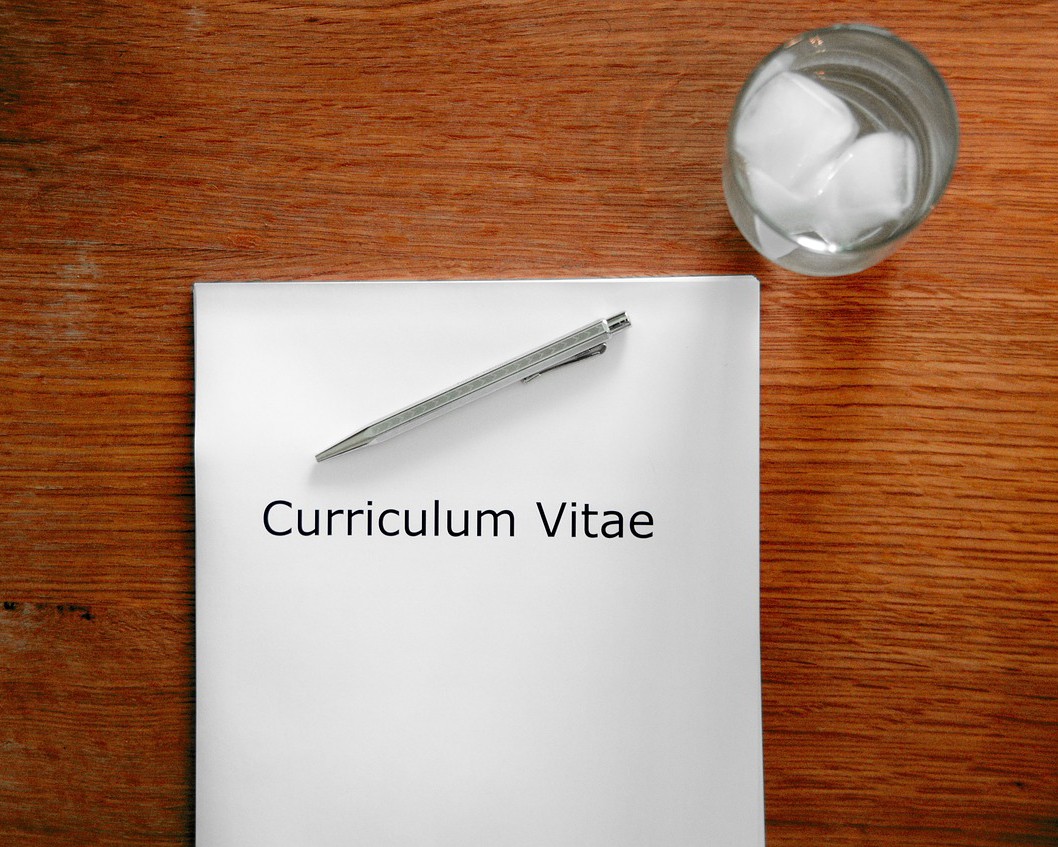Blog post
Polishing Your Funding Application: 3 Questions You Should Ask Yourself

Similar to crafting essays, fund writing requires strategic skill and practice to develop an adequate pitch that will convince a committee of researchers that your project is meaningful. Writing a proposal for a scholarship, fellowship or any other award requires a bit of digging to find out how to tailor your application, a network of supporters to vouch for your work, and a bit of storytelling to explain your research goals.
In the GradProSkills Fund Writing Strategies workshop, a variety of approaches are discussed to help create a successful funding application. This blog post will discuss three central questions that this workshop probes:
- What are the rules?
- What is your proposal trying to say?
- What does your communication plan look like?
What are the rules?
Before you start drafting your proposal, the first thing that you need to do is familiarize yourself with the guidelines of the award that you are applying for, and the institution that is offering the award. John Forest and Anja Novkovic, two GradProSkills facilitators and Concordia graduate students, stress that applicants should read the mandate of the organizaion, and try to incorporate the objectives outlined within that write-up into their proposal. By doing this, you can start thinking about what your research will add to the organization's field of knowledge and why it would be beneficial for them to invest in you.
Ensure that you follow all of the formatting rules. If the application requires 12-point font in Times New Roman with 1.5 spacing, make sure that your document adheres to those guidelines. Include all supporting documents, keeping in mind that it may take you some time to gather all of those external files. Lastly, always make sure that your application is proofread. Anja suggests if you're filling out an application in English and English is not your first language, to send your application to someone who is a native speaker so they can check your grammar.
What is your proposal trying to say?
Typically, a proposal is about 1-2 pages. It's important that your writing shows that you possess knowledge of the subject that you are handling, but also that the knowledge you’re sharing can be understood by people who are not within your field of study. That means, cut out the academic jargon and go for simple and clear language.
Introduction:
Your introduction is the most important part of your proposal and should be no more than two paragraphs. Its function is to set up the conversation, but also to engage interest. John suggests that you should include four things within your introduction: your academic background, your motivation for your research, the thesis or issue that you are addressing, and your rationale for embarking on this project.
Body:
The body of your proposal is comprised of information about the literature you've read, an explanation of the method you will be using to carry out your research, the goals and objectives you have set out for your research, and the impact you foresee your research having. This can be a heavy section to tackle and the best way to do this is to divide your body into sections. Use subheadings to guide your reader, but also to keep yourself on track.
When drafting this portion of your proposal, Anja states that you should ask yourself why the researchers should care about what you're doing and seek to answer that question through your writing. To add interest to your writing, Anja suggests that you find out what your research keywords are and then use a thesaurus to locate the synonyms.
What does your communication plan look like?
Writing a successful funding application is not a solitary endeavour. It requires a second or third pair of eyes to review your proposal, references to complement your research initiatives, and administrators to rustle up your documents. As such, John and Anja advise that you need to be aware of “all the people who have a stake in your research.” The best way to do this is to create timelines and checklists for yourself. Most funding applications will have a checklist attachment that you can download, but it’s useful to create a more targeted one as well.
When selecting your references, choose people who you know can speak to your best qualities. Provide them with all the documents required to highlight what makes you a notable applicant i.e. your proposal, samples of academic work and your curriculum vitae (CV), the Letter of Appraisal form and, if needed, an envelope with your name, address and phone number to get the documents back to you.
To wrap up, applicantion writing takes a lot of time and you will end up with multiple drafts, so try not to rush things. Do not neglect your formatting and the organization of your arguments! And make a list of everyone that you need to speak to in order to draft the best funding application possible.
For more helpful strategies and information panels, visit our funding workshops, and for a list of funding sources to see which ones you are eligible for, visit the Graduate Awards Directory.
